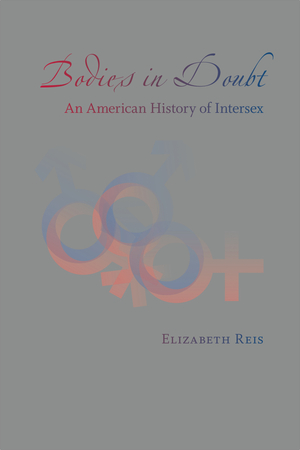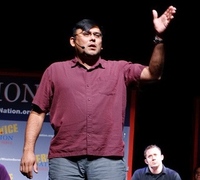 After her superlative performance in the 2009 World Championships, South African sprinter Caster Semenya was forced to undergo gender testing when competitors expressed doubt she was actually a woman. Semenya was exonerated, but the case had a familiar, accusatory tone, says Elizabeth Reis, professor of women’s and gender studies. “There was a theme there of deception and fraud,” she said.
After her superlative performance in the 2009 World Championships, South African sprinter Caster Semenya was forced to undergo gender testing when competitors expressed doubt she was actually a woman. Semenya was exonerated, but the case had a familiar, accusatory tone, says Elizabeth Reis, professor of women’s and gender studies. “There was a theme there of deception and fraud,” she said.
The results of the sprinter’s test were not made public, but Reis thinks the sprinter might have an intersex condition—a situation in which there is incongruity between a person’s outward appearance and their genitals, hormones, chromosomes or internal reproductive anatomy.
About one in every 2,000 people is born intersexed, said Reis. In her recent book, Bodies in Doubt: An American History of Intersex, she traces the evolution of how intersex individuals have been perceived and treated by society and doctors from the 17th century to modern time.
In the 19th century, when records of intersex individuals became more prevalent, doctors were preoccupied with intersex individuals “deceiving” a same-sex person into intercourse, Reis said. The medical concern turned surgical in the 1950s, when doctors at Johns Hopkins began performing “corrective” surgeries on young intersexed infants. Many patients suffered later in life when they discovered the nature of the surgery, Reis said.
Although some intersex conditions can be considered true medical ailments, many only cause concern because the affected person’s body doesn’t fit into one of society’s two discrete gender categories, she said. Now there is growing consensus that such surgical decisions should be left till later in the intersex person’s life, when they can decide for themselves. “Many are saying these surgeries just bring more trouble down the line than they’re worth,” Reis said.
— Marc Dadigan




 Learn how experts across disciplines are together advancing green chemistry.
Learn how experts across disciplines are together advancing green chemistry.